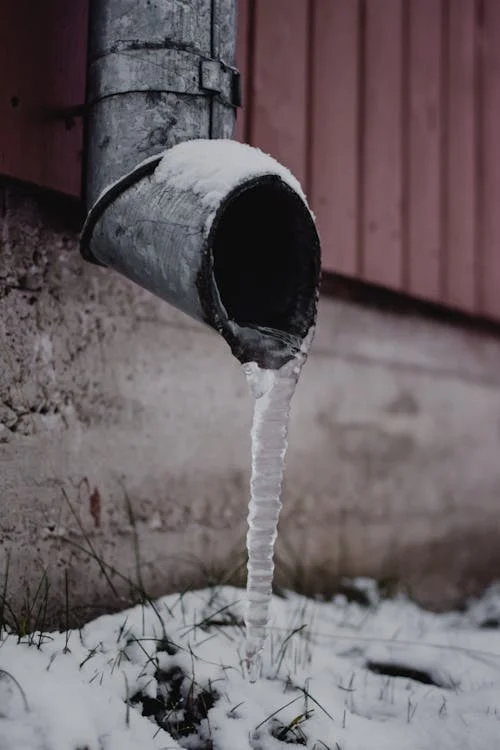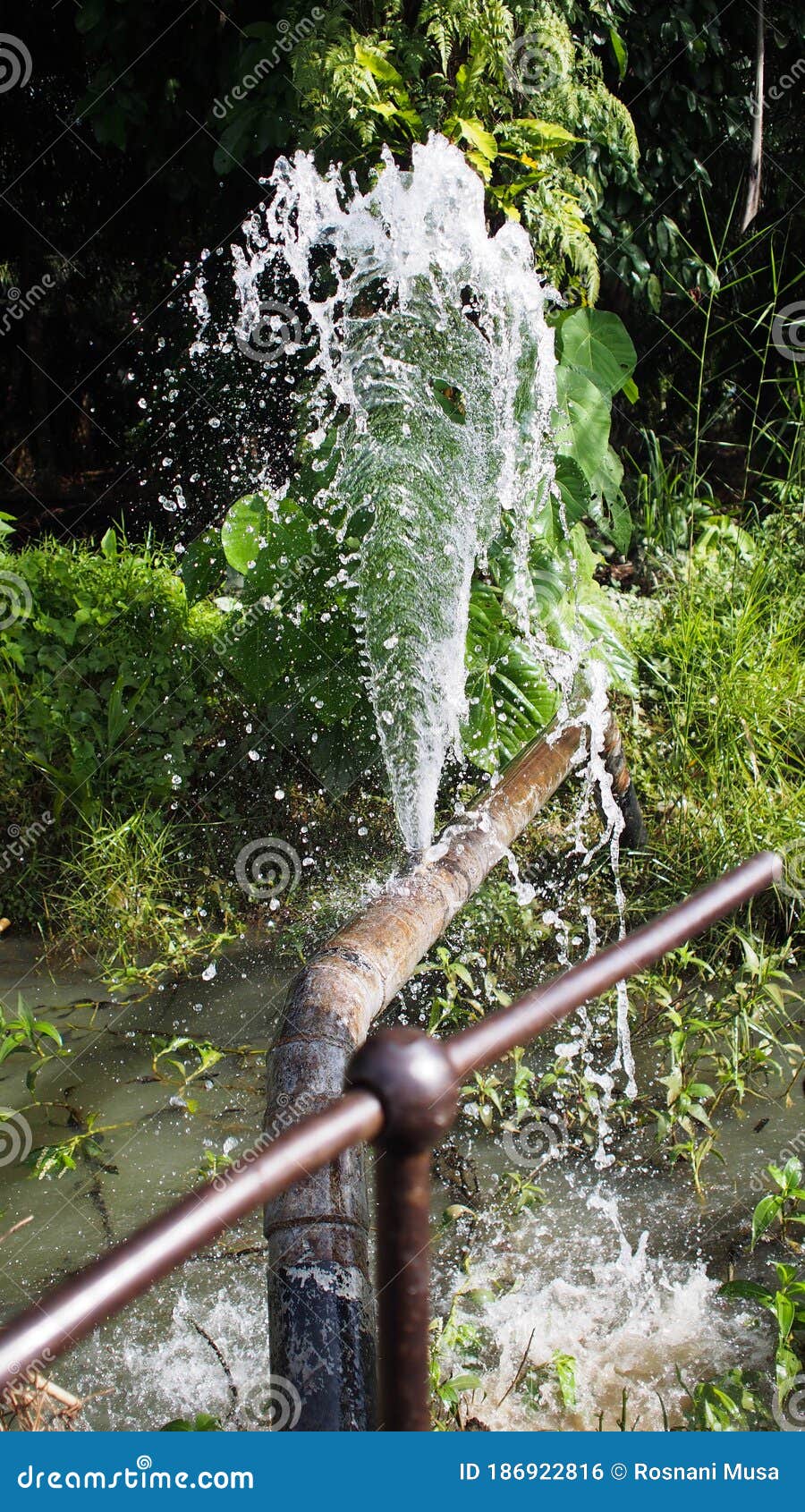Burst Pipe Repair: Professional Solutions to Minimize Damage and Costs
Wiki Article
Stopping Burst Piping: Crucial Tips to Protect Your Pipes
Preventing ruptured pipes is a critical worry for house owners, particularly throughout chillier months when the danger of cold is increased. Implementing tactical steps such as appropriate insulation, routine examinations, and maintaining constant indoor temperature levels can considerably reduce the possibility of pipeline failing.Understand Pipeline Vulnerabilities
Recognizing pipeline vulnerabilities is essential for efficient plumbing upkeep and protecting against expensive damage. Numerous aspects add to the vulnerability of pipelines to ruptureds, consisting of material make-up, age, and ecological conditions. Older pipes, particularly those made from galvanized steel or polybutylene, usually deteriorate in time, bring about increased danger of leakages and tears.Temperature level changes can likewise substantially impact pipeline stability. In cooler climates, water entraped in pipelines can ice up, applying and broadening pressure on the pipe wall surfaces, which might inevitably cause a ruptured. High water pressure can stress pipelines, specifically at joints and bends, enhancing the chance of failing.

Insulate Piping Correctly
Correct insulation of pipelines is important for avoiding cold and subsequent bursts during winter (burst pipe). Protecting your pipes system effectively safeguards against temperature level goes down that can result in costly damage. Begin by identifying vulnerable areas where pipes are subjected to outdoor temperature levels, such as cellars, attic rooms, and exterior wallsUse foam pipe insulation sleeves or cover insulation tape around these areas to provide a protective barrier. Guarantee that all sections of the pipelines, especially those with minimal warm exposure, get ample insulation. Pay unique attention to joints and fittings, as these are more susceptible to cold.
When protecting, it's important to pick products that meet neighborhood building ordinance and are suitable for the certain atmosphere. Fiberglass insulation is commonly suggested for its thermal resistance residential or commercial properties. In addition, think about making use of heat cords or tape in severe problems, which can be plugged in to give supplementary heat
Consistently check shielded pipes for any type of indicators of wear or damage, as compromised insulation can diminish its performance. By taking these aggressive actions, you substantially minimize the risk of pipeline bursts, making sure a dependable pipes system throughout the cold weather.
Maintain Regular Temperature Level
A secure indoor temperature level is essential for stopping ruptured pipelines throughout the cold months. When temperature levels decline, water within pipes can ice up, increasing and developing pressure that may inevitably trigger the pipelines to ruptured.Utilizing a programmable thermostat can help handle interior temperature levels properly, ensuring that areas with pipes continue to be warm also when the house is empty.This small circulation of water can avoid freezing by easing pressure within the pipelines. By executing these approaches, property owners can significantly minimize the threat of pipeline bursts and secure their plumbing systems against the rough winter months components.
Frequently Evaluate Plumbing
Regular assessments of plumbing systems are crucial for stopping burst pipes and maintaining overall home honesty. Regular checks enable homeowners to identify possible concerns prior to they intensify right into pricey repairs or major water damage. During these evaluations, it is necessary to her explanation check out noticeable pipes for indicators of rust, leaks, or use. Pay unique interest to areas prone to cold, such as cellars, attic rooms, and exterior wall surfaces.Additionally, inspecting joints and connections is crucial, as these points are typically at risk to leakages. Homeowners must additionally examine water stress levels, as extreme pressure can strain the plumbing system and enhance the danger of pipeline ruptureds.
Think about scheduling professional pipes assessments at least once a year, especially prior to winter season, to ensure your system is gotten ready for cooler temperatures. Normal evaluations not only aid in determining prompt problems but additionally foster long-term upkeep strategies that can boost the life-span of your plumbing system. By being proactive in your strategy, you can safeguard your home versus the turbulent and pricey effects of ruptured pipes. Prioritizing pipes examinations is a financial investment in your house's health and safety.
Know Emergency Treatments
Understanding emergency procedures is crucial for every home owner, especially after conducting normal pipes assessments. Being prepared for a plumbing emergency situation can dramatically mitigate damages and conserve prices.
Next, maintain essential devices convenient. A pipes emergency set need to include a wrench, plunger, and towels, along with a flashlight and a bucket for small leaks. Additionally, think about having the contact info for a relied on plumber easily available, ought to the situation escalate beyond your control.
If you identify a leak or burst pipeline, immediately shut off the supply of water and notify your plumber. Document the damage with photographs for insurance objectives. Understand the indicators of potential pipes problems, such as uncommon water stress fluctuations or damp places on wall surfaces
Ultimately, proactive understanding and swift activity are crucial in managing pipes emergencies, ensuring your home remains secured and lessening possible damage.

Verdict
In conclusion, stopping burst pipes necessitates a multifaceted strategy that includes understanding pipe susceptabilities, correct insulation, preserving regular interior temperatures, routine examinations, and knowledge of emergency situation procedures. By carrying out these essential techniques, the try this website threat of pipes failures can be dramatically decreased, thus making sure the long life and effectiveness of the plumbing system. Proactive steps not only protect versus potential damage yet additionally add to total water preservation and the security of residential property.In Recommended Site chillier climates, water caught in pipes can freeze, applying and expanding pressure on the pipeline wall surfaces, which may ultimately lead to a burst. When temperature levels drop, water within pipes can freeze, broadening and creating pressure that might inevitably trigger the pipes to ruptured. By executing these approaches, property owners can dramatically minimize the risk of pipe bursts and safeguard their pipes systems against the harsh winter months aspects.

Report this wiki page